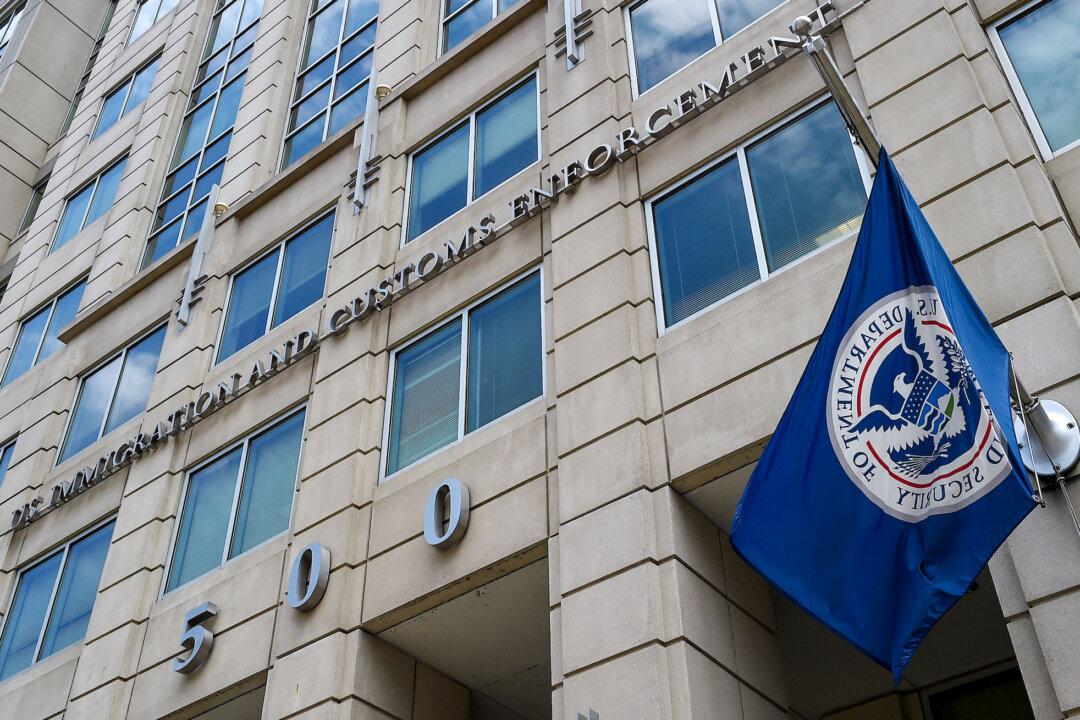While Wednesday’s print came in below expectations and sharply lower than the 6.7 percent pace of growth in the second quarter, economists are generally predicting a solid rebound in the final quarter of the year, as long as rising inflation and a recent uptick in COVID-19 cases don’t dampen economic activity.
The core PCE inflation index, which excludes the volatile categories of food and energy and is the Federal Reserve’s preferred inflation gauge for calibrating monetary policy, rose in the year through October at 4.1 percent, the fastest pace since 1991.
The PCE inflation data will probably fuel policymaker anxiety, with Fed officials likely to mull accelerating the pace of phasing out the central bank’s massive $120 billion-per-month asset-buying program. At a policy meeting in early November, Fed officials decided to start reducing the monthly bond buys at a pace of $15 billion per month, though they left the door open to a faster schedule.
Economists generally expect the U.S. economy to grow by around 5.5 percent for the whole year, which would be the best showing since 1984 and a sharp improvement from last year, when the economy contracted by 3.4 percent.
“The strains associated with higher prices, shortages of supplies and available job candidates are weighed against low levels of layoffs, wage gains and a falling unemployment rate,” Bankrate Senior Economic Analyst Mark Hamrick told The Epoch Times in an emailed statement.
“Growth will likely be above par for the foreseeable future, but within the context of historically high inflation which should relax its grip on the economy to some degree in the year ahead. The prices of many commodities are falling, and there are hopeful signs on the supply chain front,” he added.





